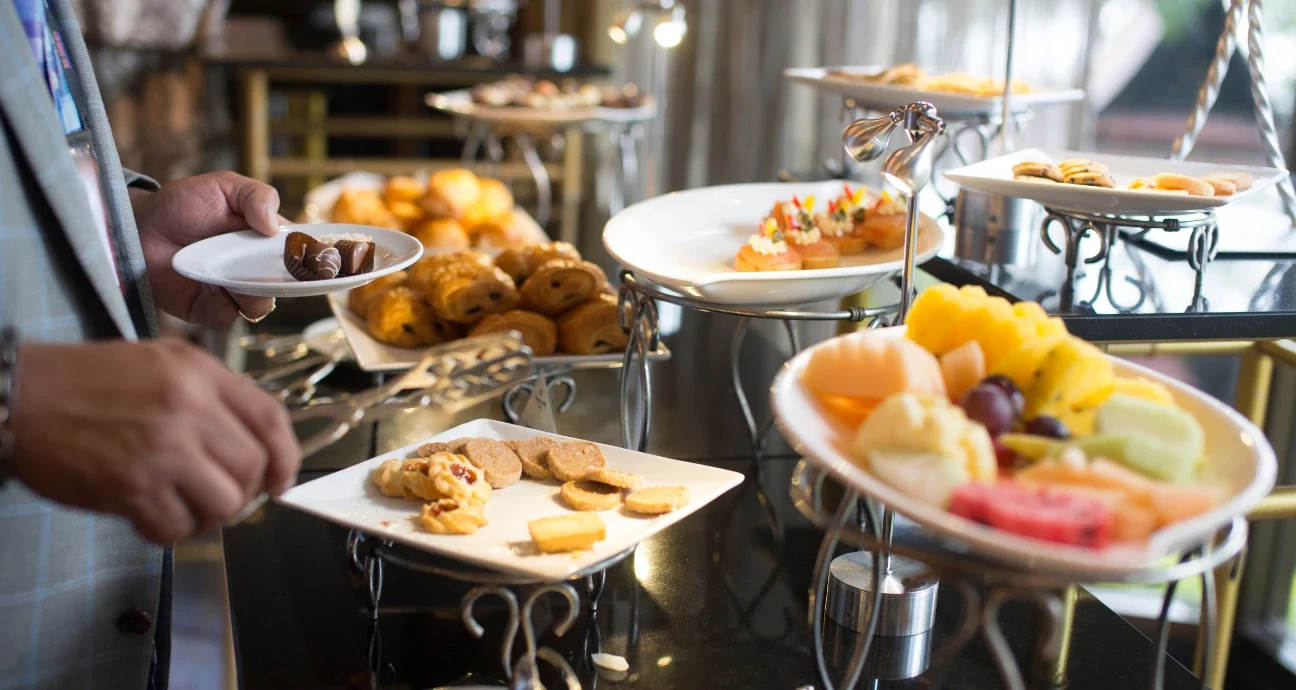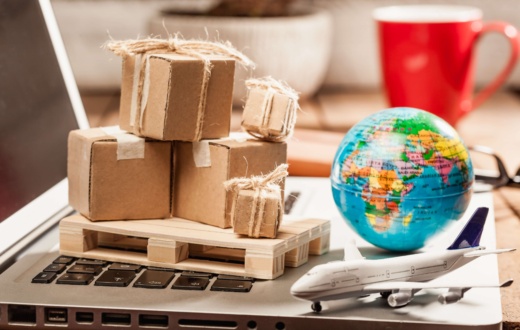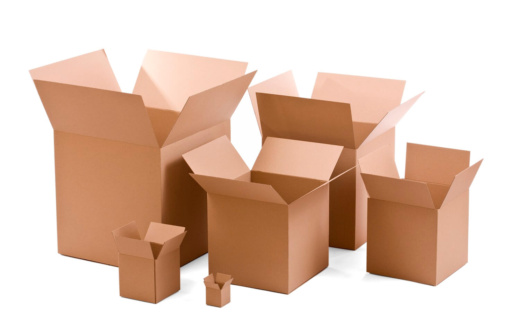Product packaging plays an important role in all industries, especially the food and beverage industry due to the required information that must be displayed to the consumer.
Some of this information involves the safety of the products while others allow companies to promote their brand. The packaging of F&B products includes plastic packaging, custom box packaging and more.
Indeed, many are still confused about the basic rules and guidelines of food and beverage packaging. This post will help you understand the various aspects of food and beverage packaging.
What is Food and Beverage Packaging?
Food and drinks packaging refers to the materials and methods used to enclose, protect, and preserve food and beverage products for distribution, sale, and consumption. In Malaysia, food and drink packaging serves several crucial purposes:
- Protection: Packaging safeguards food and drinks from physical damage, contamination, and spoilage during storage, transportation, and handling. It shields products from external factors such as moisture, air, light, and temperature fluctuations that can degrade quality and safety.
- Preservation: Packaging helps extend the shelf life of food and beverages by creating a barrier against oxygen, moisture, and microbial growth. This preservation ensures that products remain fresh, flavorful, and safe for consumption over an extended period.
- Convenience: Packaging enhances convenience for consumers by providing easy-to-open, resealable, and portion-controlled options. Convenient packaging formats such as pouches, bottles, cans, and single-serve packs cater to diverse consumer needs and lifestyles.
- Information: Packaging serves as a vehicle for conveying essential information to consumers, including product details, nutritional content, ingredients, allergen warnings, expiration dates, and cooking instructions. Clear and accurate labeling helps consumers make informed choices and ensures product safety and compliance with regulations.
- Brand Identification: Packaging plays a crucial role in brand identity and differentiation. Eye-catching designs, colors, logos, and branding elements help products stand out on store shelves and attract consumer attention. Consistent and recognizable packaging builds brand loyalty and fosters consumer trust.
- Environmental Considerations: Sustainable packaging practices are increasingly important in Malaysia and globally. Environmentally friendly packaging materials, such as biodegradable, compostable, and recyclable options, help minimize environmental impact and reduce waste generation.
In summary, food and drinks packaging in Malaysia encompasses a wide range of materials, designs, and functions aimed at ensuring product safety, quality, convenience, and sustainability while meeting consumer preferences and regulatory requirements.
Importance of Packaging
The packaging greatly affects the way consumers look at your products. Factors like how easy it is to open the product and the extent to which the product is kept fresh and clean are important when it comes to choosing the best packaging such as carton boxes.
Generally, the following four aspects must be considered in any type of food and beverage packaging:
Packaging must provide ample protection to the product so that it can easily be transported, handled, and distributed.
The product must be kept safe and secure.
The quality of the food and beverages must be kept intact during the whole process of production and selling to the customers.
Custom box packaging can be used for branding purposes and enhance the shelf appeal of the products.
Choosing the Right Kind of Packaging
There is a wide range of packaging options available in the market that can be used in the food and beverage industry. For instance, glass, paper, and corrugated boxes are quite popular forms of food and beverage packaging. All of them have their own pros and cons.
Carton boxes are certainly the most popular type of packaging because it allows companies to keep the food and beverages safe and also do custom packaging for branding and attracting the customers.
Modern businesses should also focus on minimizing their waste and implementing eco-friendly packaging solutions to satisfy the requirements of the customers. Factors like material, design, cost of production, and type of food being packaged are important to consider to choose the best packaging option.
To choose the right kind of packaging for your food and drinks products, consider the following factors:
- Postal & Subscription Packaging: If you need packaging for shipping directly to customers’ homes, prioritize postal packaging that fits through a standard letterbox. Custom designs can enhance the unboxing experience and generate excitement.
- Shelf Ready & Retail Packaging: For products sold in retail stores, opt for shelf-ready or retail-ready packaging that can be easily displayed on shelves without additional handling. Customized designs help showcase your products effectively.
- Transit Packaging: Ensure your products are safely transported from manufacturing to retail locations with transit packaging solutions. Choose packaging suitable for the size, shape, and weight of your products, ranging from postal packs to heavy-duty pallet boxes.
- Display Packaging: Enhance visibility and sales by using display packaging, also known as point-of-sale displays, in retail environments. These eye-catching designs help products stand out and are particularly effective for seasonal promotions.
By considering these packaging options based on your specific needs and distribution channels, you can select the most suitable packaging solution to protect, promote, and showcase your food and drinks products effectively.
Maintaining Product Freshness
If you choose the right type of packaging for your food products, you will be able to maintain and increase the freshness of your products. Moreover, their appearance, taste, and overall quality should also be kept intact.
Another important aspect to consider is the fact many consumers keep their products at home before consuming them. Therefore, the packaging must be able to maintain the product’s freshness after the sell-by date.
Modern tools and technology allow food and beverages companies to increase the shelf life of the products and ensure product freshness with the help of:
A suitable material should be used for a specific type of food to get the maximum benefits of the packaging material and ensure the longevity of the product.
Resealable packaging has also become popular among customers because it allows them to consume the product multiple times without compromising the freshness of the products.
Now manufacturers have the option of utilizing the benefits of various barrier properties like air, moisture, and flavour. Different coatings can be added to increase the shelf life of the products and maintain their freshness.
Custom Box Packaging and Brand Identity
The food and beverage industry is one of the most crowded industries because of the high number of players on the market. It is not easy for new companies to make their mark in this highly competitive industry.
However, packaging can certainly provide an edge to the companies because custom box packaging is useful for companies to communicate directly with the customers and make a popular brand in the market.
A good package design is capable of attracting the attention of the users, and if your product is good enough, you can turn them into loyal customers.
In a Nutshell
Product packaging plays a critical role in the success of a company. Learning about the market you target is a reliable and efficient way of choosing the best packaging for your company and food products.
Traditional cartons and corrugated boxes can also be used in many different innovative ways, so it is important for companies to keep up with the times and implement the best practices in food and beverage packaging.







